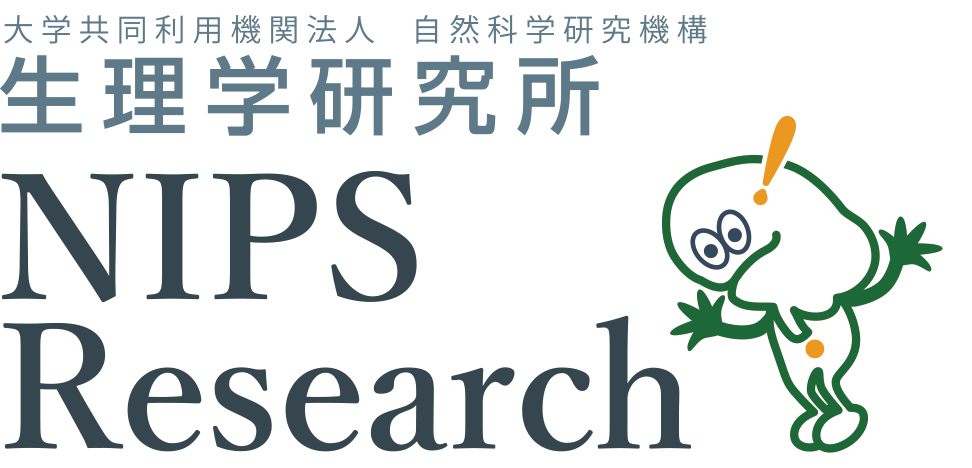Discovered a Novel Seed for Analgesia
We can sense dangerous environment through pain nerve activity. The neural excitation depends on some "sensor proteins", for example receptor type ion channels. TRPV1, one of the pain-related ion channel, is expressed in the pain nerve, and it is activated by capsaicin, a main compound of hot chili pepper. In addition, anoctamin 1 (ANO1), which is also pain-related ion channel, binds to TRPV1 in same nerve. Both ion channel activities are the triggers to cause strong pain. Namely, these ion channels are like the switches of pain. In this study, we found that menthol, a cool agent contained in mint, strongly inhibited ANO1.
From this finding, we also identified a key chemical to inhibit ANO1, which is isopropylcyclohexane. And the effect of its more hydrophilic compound, 4-isopropylcyclohexanol, was faster. Importantly, 4-isopropylcyclohexanol also inhibited TRPV1. These findings indicate that 4-isopropylcyclohexanol is a good agent to reduce pain. In fact, this compound inhibited pain behavior in mice.
Therefore, we propose that the 4-isopropylcyclohexanol is a promising seed to develop painkiller in future.

Collaborative Researcher
Hidemasa Furue: Hyogo College of Medicine, Department of Neurophysiology
Funding
KAKENHI Grant-in-Aid for Young Scientists (B), Kato Memorial Bioscience Foundation

